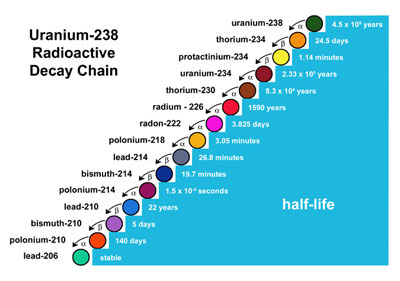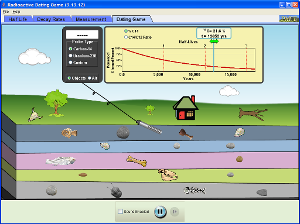First, synthesize the information from yesterday in some digital format and share it with me. I will need at least 2 points or sentences for each one of the topics. Additionally, add any information your find about the topic below to your digital document, including your RESOURCES.
Secondly, create a video public service announcement that tells the class about one of the following. I would prefer you spread out across all the topics, rather than several people doing the same thing.
- Irradiation of spices using cobalt-60
- Cs-133 atomic clock uses
- Iodine-131 uses
- Americium-241 for gauging plastic
- Americium-241 smoke detectors
- CT vs. PETscans using C-11, N-13, or O-15
- Uses of Technicium-99m
- Fresh food irradiation using cobalt-60 to kill ecoli or other bacteria.
The following information must be present in your video clip:
a. What type of decay is going on?
b. What is the half-life of the object, and how long will it take for 99% to disappear
c. How can we protect humans from this type of isotope when we don't want to be exposed to it?
d. Are quarks involved in this process?
e. Is this process used currently?
f. How is the technology like a particle detector. Pick two similarities and two differences.
g. Why is radioactivity all around us? And what's the difference between radioactivity and antimatter.
Upload your video to a youtube account and share with me.
Grading Rubric
Content correctness: 10 points
Entertainment value: 10 points
Use of media to enhance presentation: 5 points
Involvement by all members of group: 5 points
Title or Credits, as appropriate: 5 points.
Text or tweet me with questions.








